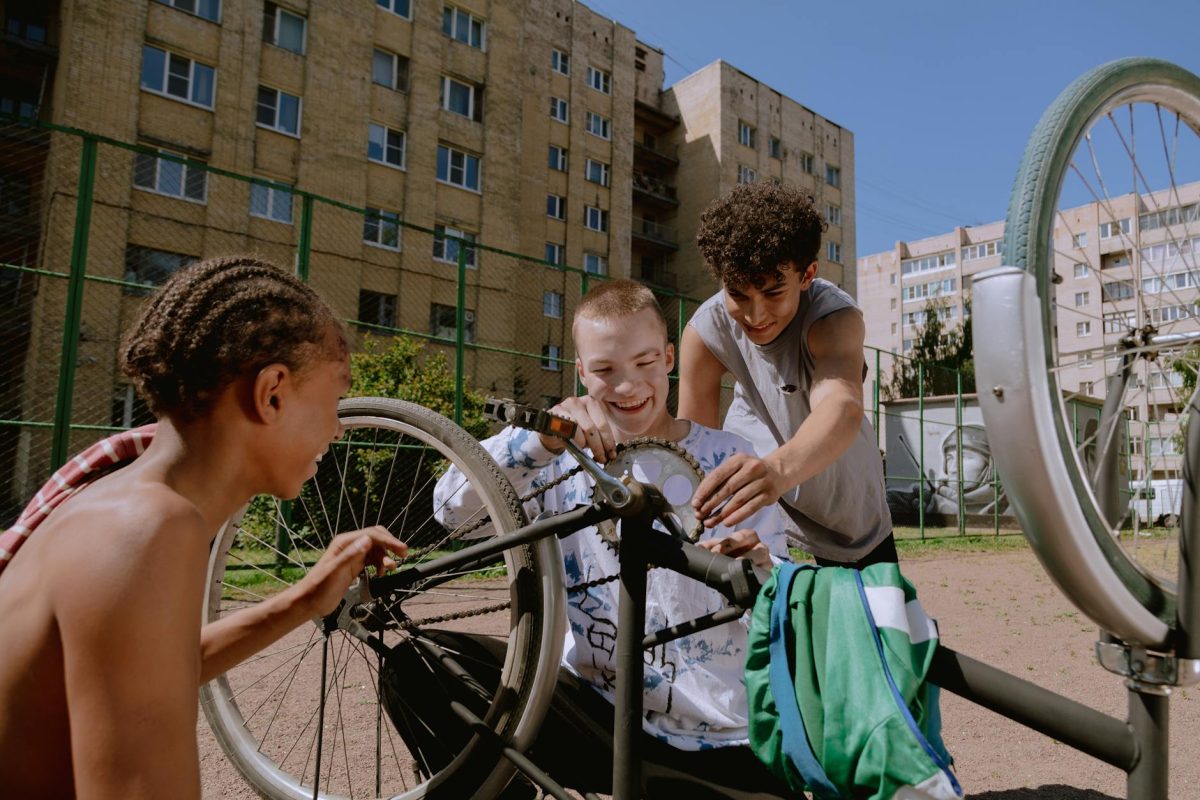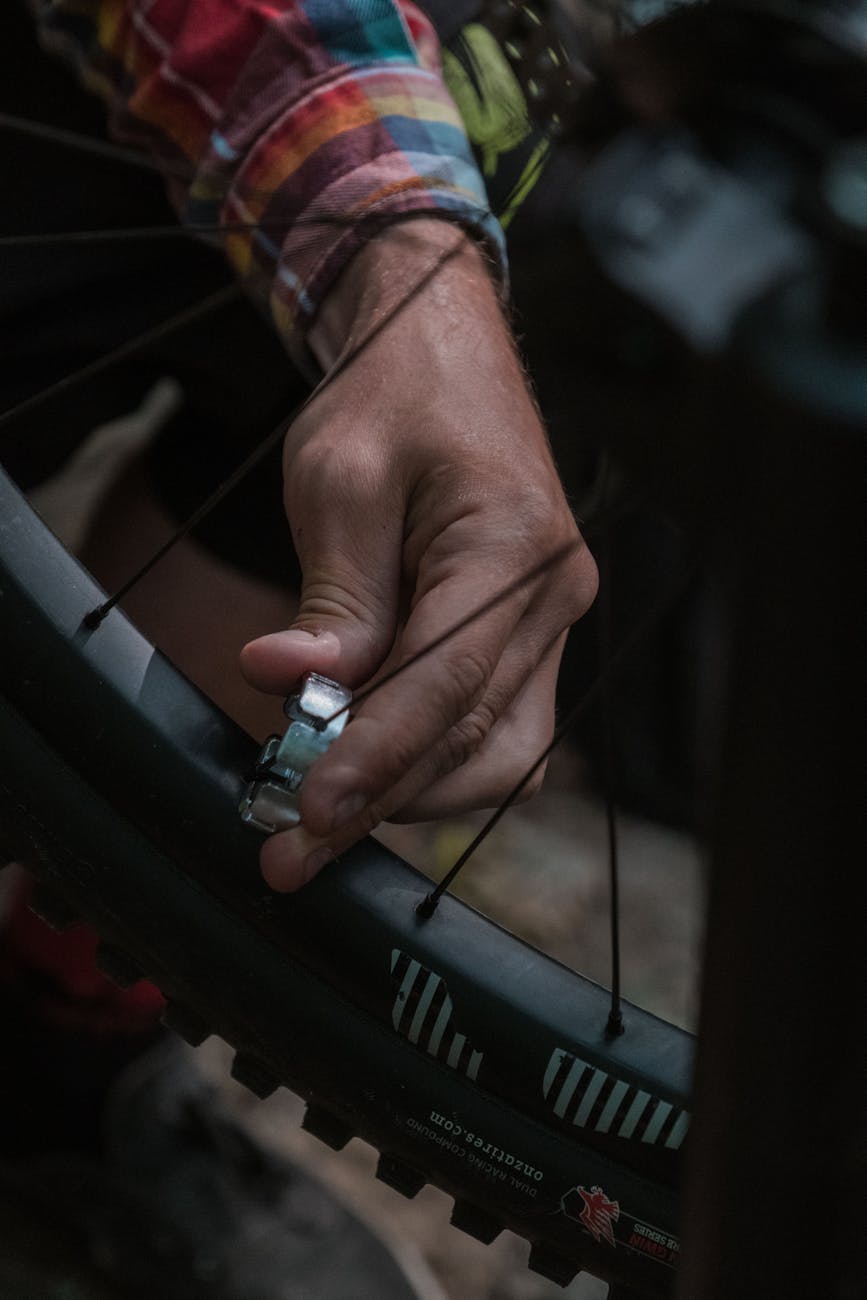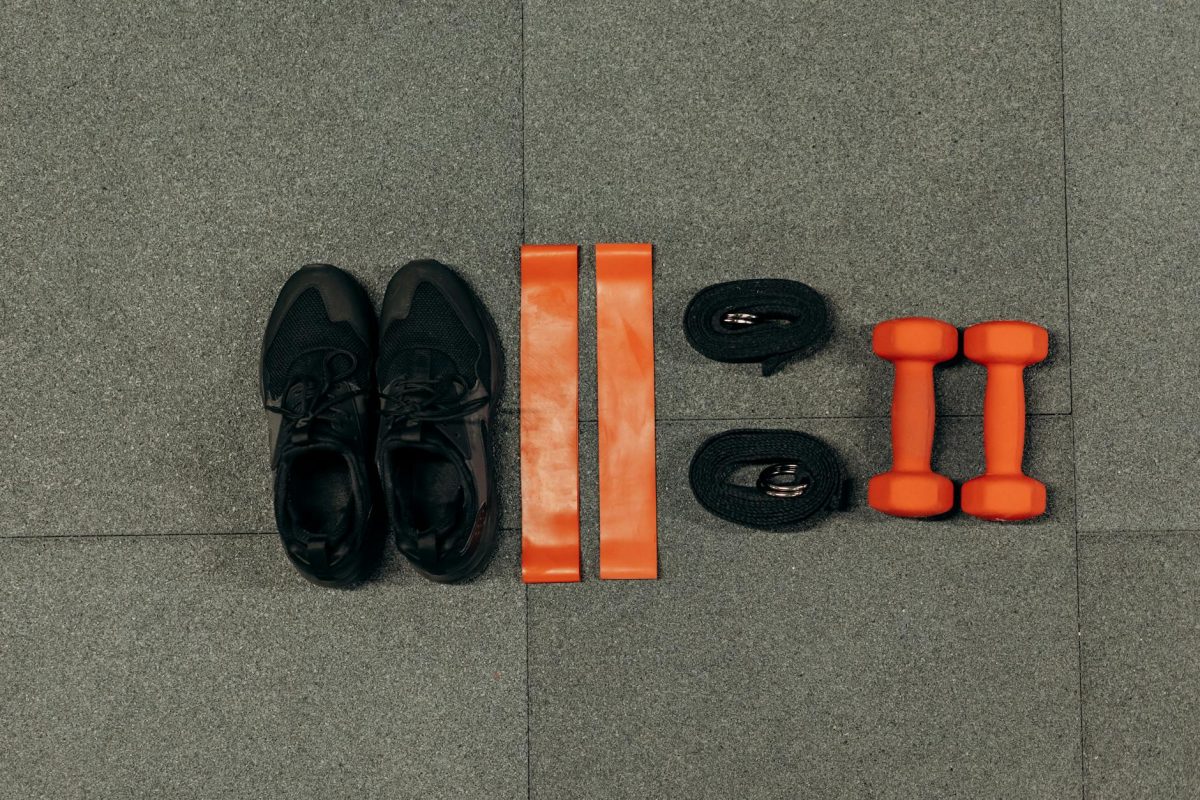As a cyclist, ensuring your bike is in top-notch condition is essential for a smooth and safe ride. To make bike repairs effortless, having the right tools at your disposal is crucial. Whether you are a beginner or a seasoned rider, having a basic toolkit can save you time and money in the long run. In this article, we will explore the essential tools every cyclist should have to handle common bike repairs with ease.
The Basics: Must-Have Tools
Bike Pump
One of the most critical tools every cyclist should have is a reliable bike pump. Proper tire inflation is vital for a comfortable ride and helps prevent flats. Choose a pump that is compatible with your bike’s valve type, whether it’s a Presta or Schrader valve, to ensure quick and easy inflation.
Tire Levers
Tire levers are essential for removing and installing tires when fixing a flat. These handy tools help you pry the tire off the rim without damaging the tube or tire. Look for durable, lightweight tire levers that can easily fit in your saddlebag or pocket for on-the-go repairs.
Multi-Tool
A multi-tool is a versatile gadget that combines various essential tools in one compact package. From Allen keys and screwdrivers to chain tools and tire levers, a multi-tool can handle a wide range of bike repairs. Invest in a high-quality multi-tool with the right set of functionalities for your bike’s specific components.
Advanced Tools for Deeper Repairs
Chain Breaker Tool
For more advanced repairs like chain maintenance or replacement, a chain breaker tool is a must-have. This tool allows you to remove and install chain pins, adjust chain length, and make quick fixes on the go. Choose a durable and reliable chain breaker that can withstand frequent use.
Cassette Lockring Tool
When it comes to replacing cassettes or making adjustments to your rear gears, a cassette lockring tool is essential. This tool helps you remove and install the cassette lockring with precision, ensuring a smooth gear shifting experience. Make sure to get a compatible tool that fits your cassette type to avoid any issues during repairs.
Essential Maintenance Accessories
Lubricant
Proper lubrication is key to keeping your bike’s moving parts running smoothly. Invest in a high-quality bike-specific lubricant to keep your chain, derailleurs, and other components in top condition. Regularly apply lubricant to prevent wear and reduce friction, extending the lifespan of your bike’s parts.
Cleaning Brushes
Keeping your bike clean is not only aesthetically pleasing but also essential for its performance and longevity. Invest in a set of cleaning brushes designed for bikes to remove dirt, grime, and debris from hard-to-reach areas. Regular cleaning can prevent corrosion and component wear, prolonging the life of your bike.
In conclusion, having the right tools for bike repairs can make a significant difference in your cycling experience. By investing in a basic toolkit that includes must-have tools like a bike pump, tire levers, and a multi-tool, you can handle common repairs with ease. For more advanced repairs, consider adding tools like a chain breaker and cassette lockring tool to your arsenal. Coupled with essential maintenance accessories like lubricant and cleaning brushes, you can keep your bike in top shape and enjoy many more miles of hassle-free riding.









